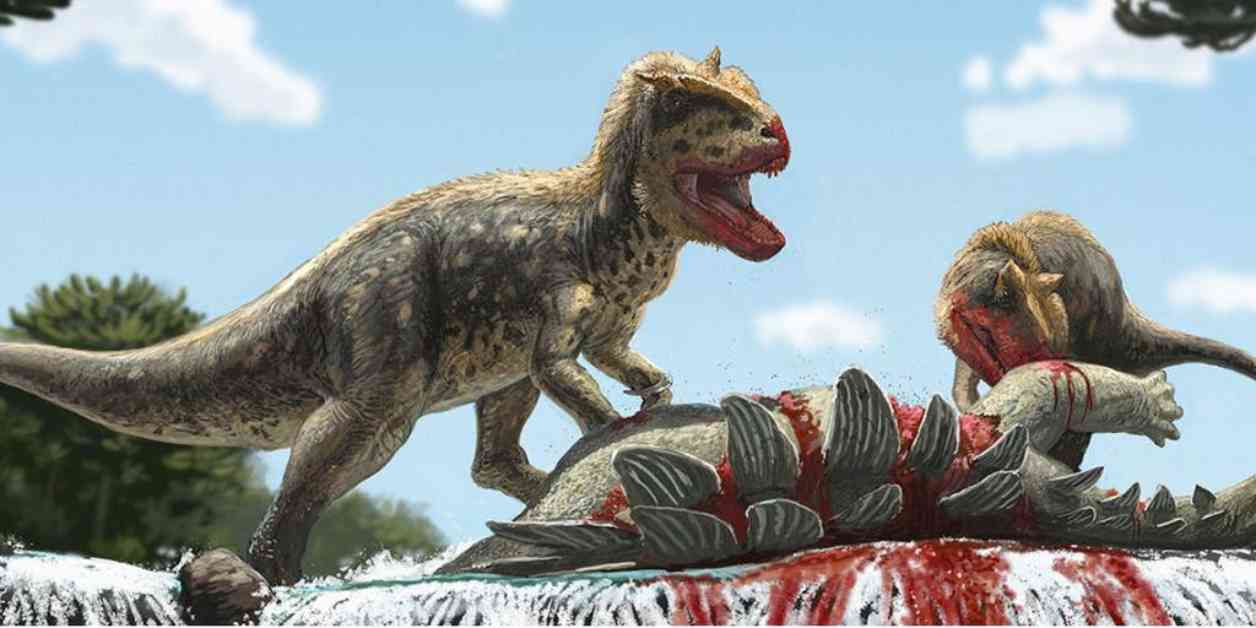New T. rex-Like Dinosaur Species Discovered in Asia
A groundbreaking discovery has rocked the world of paleontology – a new carnivorous dinosaur species, Alpkarakush kyrgyzicus, has been unearthed in Kyrgyzstan by a team of German and Kyrgyz researchers. This remarkable find sheds light on a previously unknown chapter in the history of the region, marking a significant milestone in the study of prehistoric creatures.
Uncovering a Prehistoric Marvel
The Alpkarakush kyrgyzicus, a theropod dinosaur, roamed the earth approximately 165 million years ago, making it a fascinating addition to the timeline of prehistoric creatures. The first fossils of this new species were discovered in 2006 by Kyrgyz paleontologist Aizek Bakirov in a mountainous desert area near the city of Tashkumyr. Over the years, additional fossils, including skull bones, pelvic vertebrae, and forearms, have been unearthed, painting a vivid picture of this ancient predator.
Significance of the Discovery
Before the revelation of Alpkarakush kyrgyzicus, no large Jurassic predatory dinosaurs were known to have inhabited the region between Central Europe and Eastern Asia, making this find a crucial piece of the puzzle in understanding the evolution and distribution of these majestic creatures. This discovery has filled a substantial gap in our knowledge of Jurassic theropods, providing valuable insights into their biogeography and evolutionary history.
Expert Insights and Future Implications
Professor Oliver Rauhut of the Bavarian Collection of Paleontology and Geology in Munich, a leading author of the study published in the Zoological Journal of the Linnean Society, expressed the profound impact of this discovery. He emphasized that Alpkarakush kyrgyzicus represents a significant breakthrough in our understanding of Jurassic theropods, offering new perspectives on their evolution and geographic distribution.
In the vast landscape of Kyrgyzstan, amidst rugged mountains and sweeping deserts, a tale from millions of years ago has been unearthed. The discovery of Alpkarakush kyrgyzicus not only expands our knowledge of prehistoric life but also invites us to marvel at the mysteries of the past. Imagine the ancient world where these colossal predators roamed, shaping the course of evolution with each thunderous step. As we delve into the depths of time through the fossils of Alpkarakush kyrgyzicus, we are reminded of the intricate tapestry of life on Earth, where each species has a story to tell. Let us embrace the wonder of discovery and continue to unravel the secrets of our planet’s past, one fossil at a time.




